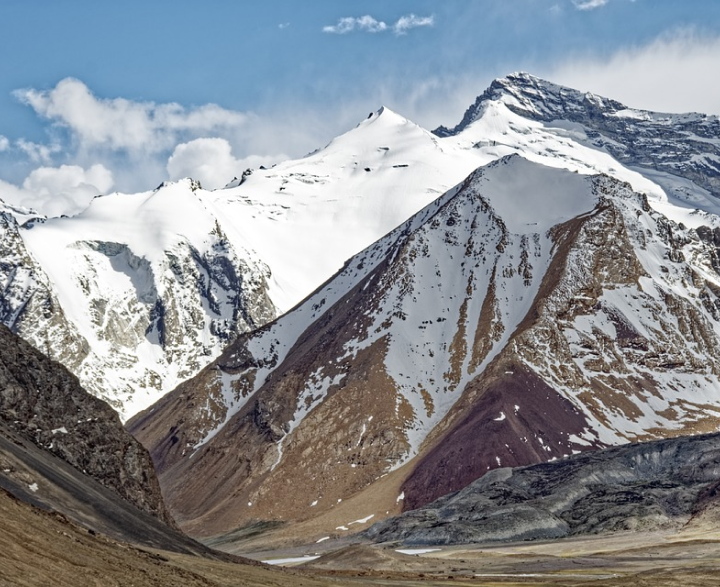We are very excited to open our 2021 tour applications. Our team is ready to make your tour adventurous in the renowned Wakhan Corridor.
Despite the fact that travelling could be challenging in Afghanistan, yet the nation’s snow-topped Pamir mountains and their verdant valleys have tempted inquisitive adventurers for a considerable length of time. Join our 2021 unique cultural tour opportunity to explore the enriched cultures of the Wakhis & Shugnis and the thriving Wakhan National Park on this epic excursion.
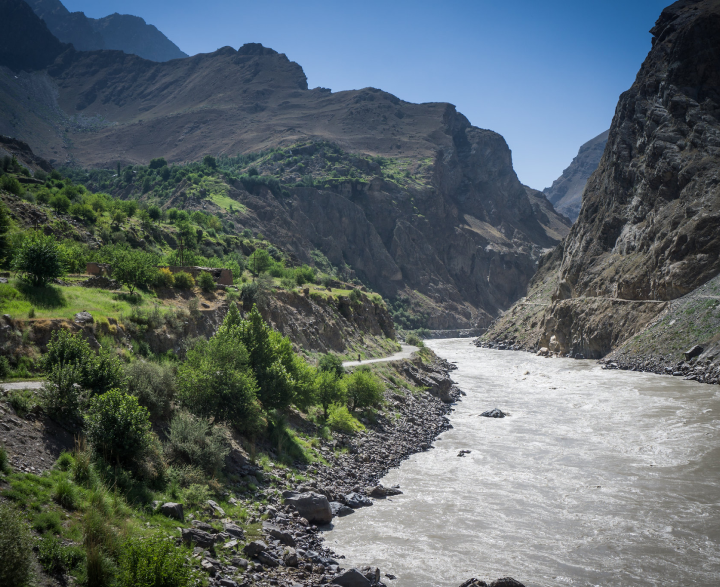
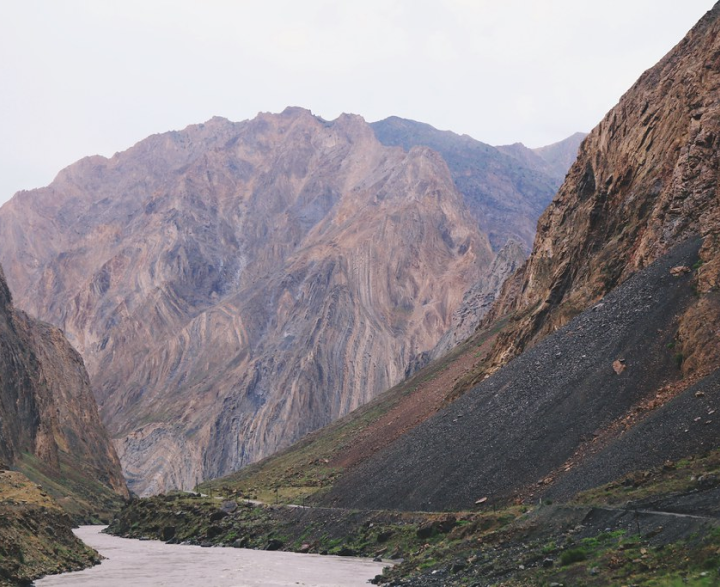
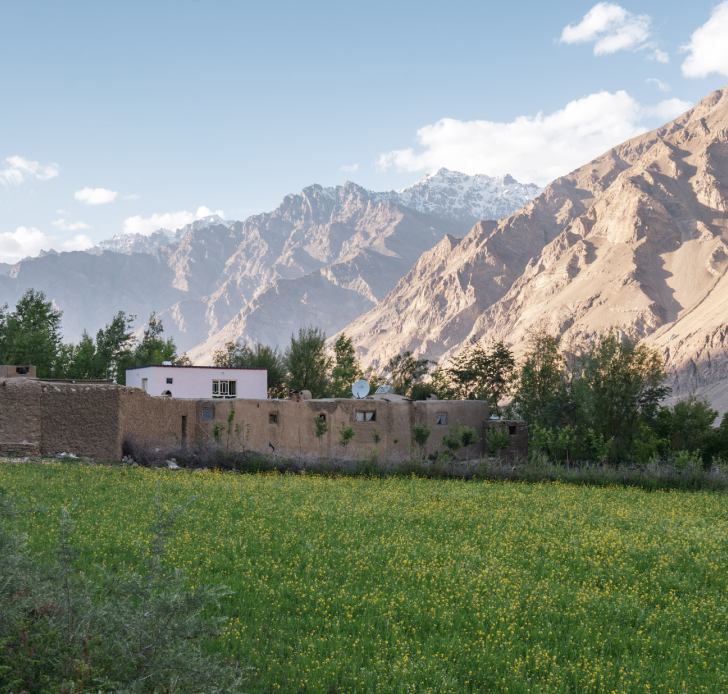
The Wakhan Corridor is a highly remotely accessed area in the north-eastern corner of Afghanistan. Steep, rough-walled mountains are crisscrossed by the river valleys that interweave together the Pamir, Tien Shan, Karakorum and Hindu Kush. The highest valleys of the corridor are home to Kyrgyz and Wakhi nomad herds who still live very primitive lives. Because of its remoteness, the area has remained untouched by modern technology and urbanization which makes trekking equally difficult but highly rewarding experience.
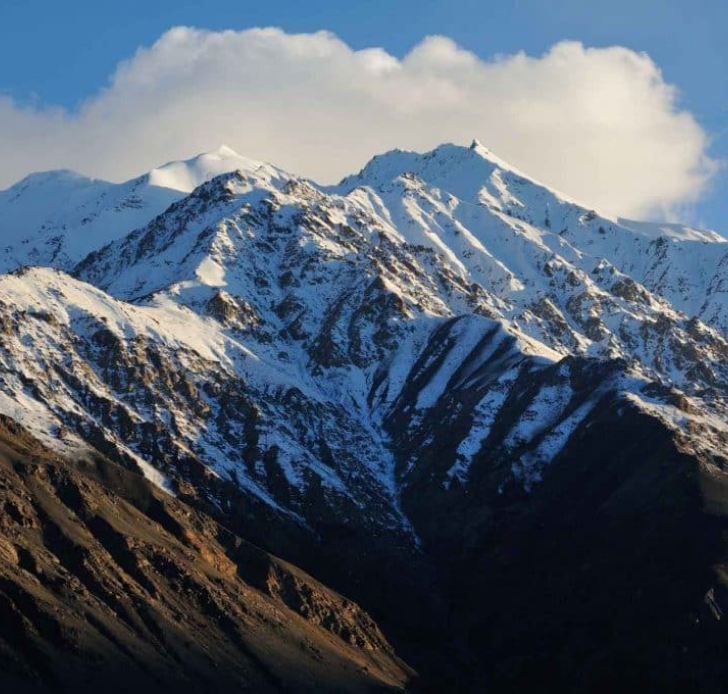
The U-formed mountains that provide plentiful munching grass during summer, however, are secured by snow for as long as six months. In the Wakhan, two such enormous zones of meadow, the Big Pamir (Pamir-e- Kalan or Pamir-e-Buzurg) and the Little Pamir (Pamir Khurd or Pamir-e-Kochak) exist. These valleys are utilized by the semi-nomad Wakhi for the summer, who come back to their villages in winter. The Kyrgyz are the permanent residents of the highest altitudes of the Pamirs. Although the Little Pamir is bigger in territory, the Big Pamir, is what makes the corridor popular for visitors and trekkers.
Echo trails was established in 2011 by Adab Shah Gouhari to help growth of tourism not only in Wakhan area but also all over Afghanistan. The contribution of the management team and the professional tour guides for the establishment of the company stretches back to years of efforts and dedication. Headquartered in Wakhan/Ishkashim area, Echo trails is a pioneer company which is fully staffed by locals. Their rich local knowledge and experience enables the company to offer the most authentic and rewarding tourism experience to our adventurous tourists.
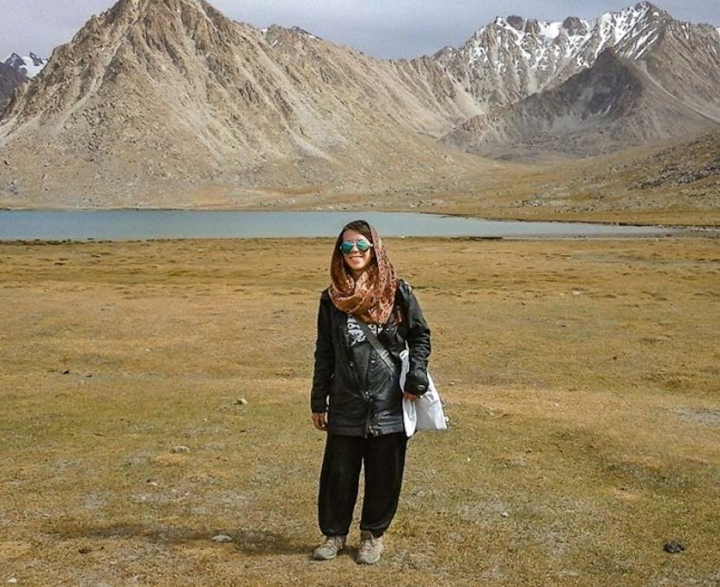
Rather than guided tours with set daily plans, Echo trails offers expeditions with framework itineraries.
The following is an outline plan for this epic trekking expedition – it’s more about the “substance” than the “details.”
Your arrival to Dushanbe, Tajikistan will be 0900 on 03 July 2021. You will be received by the expedition guide at the airport and have an introductory session. The first few days in Tajikistan will take us along the famous Oxus river to GBAO and the crossing point to Afghanistan. The road hit is a long road trip (approximately 20 hours) via the astonishing Pamir Highway to Badakhshan. On the fourth day you will cross the border to Ishkashim, Afghanistan. Welcome to Afghanistan! With lots of paper work and bureaucracy the trail of silk road starts to take you through the wonders of the spectacular Wakhan.

Villages and Guesthouse:
Your first day in with the villagers starts in Ishkashim. Our team of the Afghan locals will accompany you from hereafter to the Wakhan National Park and back. Even after having cleared immigration & customs there will be still be some further red tape to clear, so patience will be needed.
Paper work cleared out, now we will aim for the famous Wakhan. Despite the rough roads the scenery of this valley is truly magnificent and we will undoubtedly meet many of the local Wakhi people. The women are especially noticeable with their bright red scarves and beaded necklaces.
The valley has several basic guesthouses, which will serve as our accommodation over the coming nights. The itinerary has been designed to allow for ample time for walks, village visits, photography and meeting the friendly inhabitants of the valley. While we have a planned itinerary, it should be stressed that day to day changes can and almost certainly will occur – this is Afghanistan after all! Maximum flexibility may be called upon. Daily driving distances are generally not far, but can take time to the rough condition of the roads.
Continuing east, we follow the southern bank of the river and are treated to views of both Tajik and Afghan mountains throughout the days. We will pass through the regional center of Khandud which divides the lower Wakhan from upper Wakhan and has the largest market in the valley after Ishkashim. Despite this, it is still a very quiet town with limited supplies. We will spend a night in Qala e Panj which was the home of Pir Shah Ismail, the spiritual leader of Wakhan Ismailis. There we will find the atmospheric ruins of two forts, overlooking the river from a strategic vantage point. It is also home to the regional office of the Wildlife Conservation Society, and if we are lucky, we may be able to find someone to talk to us about their efforts to protect the wildlife of the area, especially the endangered snow leopard. There will also be the chance to go for a walk in the Sarkand Valley.
As we head further up the valley, we cross the Wakhan River just upstream of where it meets the Pamir River to become the Panj. This confluence of rivers also mirrors the interweaving of Pamiri & Wakhi cultures. After this river crossing, we’ll reach the tiny mountainside village of Sargaz and refresh ourselves at some hot springs before settling into our basic accommodation for the night.
As we head along the northern bank of the river, deeper and higher up the Wakhan, we pass several clutches of homes, all of which are inhabited by families who eke a subsistence living off the land. Finally, we come to the end of the road (literally) in Sarhad e Broghil. From here the mountains close in and until last year anyone who desired to proceed further east had to be prepared for a major expedition on foot, horse or yak!
Depending on local conditions, we will make one of several local hikes available and perhaps picnic on a grassy meadow below the one of the area’s many mountain passes. Enroute we can expect to encounter some local families on their summer pastures. Alternatively, we would explore this tranquil village with its friendly local people.
After a contingency in Sarhad, we will head up to the newly built road that takes us all the way up to the Chaqmatin Lake. There we will experience the Kyrgyz Nomadic life by feasting with them and staying in their traditional yurts.
Returning from Little Pamir we will cross back over the glacial melt waters of the Panj River, making for the small and stunningly located village of Kret, which sits in the foothills of Baba Tangi (6,513m), perhaps the Wakhan’s most photogenic peak with a thick, year-round covering of snow. This is a quintessentially Wakhi village and the locals are incredibly friendly. At the women’s cooperative we plan to learn about the skills required in the making of traditional clothing. There will also be a chance to explore this stunning area on foot with a half-day hike up the valley towards the stately mountain.
After a scenic drive back westward on hair-raising tracks we will reach Goz Khan, situated on the knuckle of the Pamir and Wakhan rivers and affording our first sight of Tajik territory in over a week. This quaint village is great for an afternoon stroll and the relatively comfortable guesthouse offers the perfect sanctuary for digesting the sights, smells and memories of the journey so far. Continuing westwards, after Ishkashim we drive to Shughnan. Shughni people are the majority of the Ismaili Muslims of the Northeast Badakhshan Province. They are famous for their nature of freedom and educating. Shughnan has a record of 99 percent literacy rate in Afghanistan. Burqas (Veils) are never used by the women and all ceremonies are conducted in the presence of both genders. The district is the biggest tourist attraction for domestic tourists.
Further downwards east, the road ends with stunningly spectacular views of both side of the Panj river and the green valleys that are a breathtakingly pleasing on the eye.
On the return from the corridor, our final full day in Afghanistan sees us return to the border town of Shughnan and Khorog. There should be time for some final shopping opportunities before our final hours in Afghanistan.
Arriving in Kabul at 0900 on July 3 2021, you will be met by your local Afghan Tour Guide and have an introductory session. You will spend the first two days in Kabul by visiting the many monuments and museums of Afghanistan as well as the famous gardens of King Babur of the Mughal Empire. In the following day you will fly to Faizabad, where a rough road will take us through stunning valleys into Ishkashim.
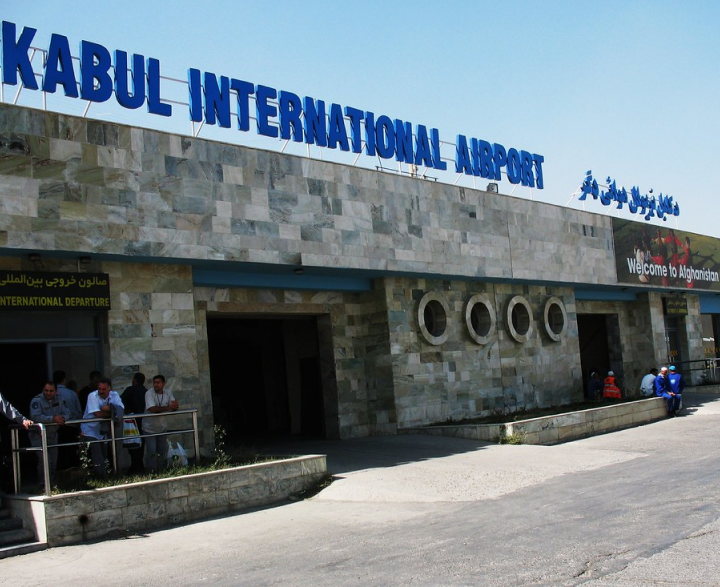
Upon completion of the tour you will certainly have rich memories and experience to share with other. It will be a life changing experience for you. You will not only experience different living conditions, but you will also witness how people live in one of the most impoverished yet naturally astonishing part of Afghanistan. You will have the change to interact with locals and you might end making some friend(s). We will strive to make your experience rewarding and unforgettable.
There will be a closing session where all the team members will share briefly about their experience. This will be an opportunity for all of us to reflect on our teamwork and our individual experience. Also, this session will be useful for us to gather your feedback to improve our future service.
Anyone in a good state of health, with an open mind and a sense of adventure should be perfectly able to cope with this tour. However please note that although this trip is not necessarily physically demanding by way of exertion, the remoteness and roughness of the journey can take its toll and should not be undertaken lightly.
We may ride horses in a contingency day and throughout the Buzkashi game.
Yes, Teammates with dietary requirements are welcome to join. However, local food supplies are limited and we should be aware of your needs in advance.
Yes, but not during the whole excursion. Especially, in the upper Wakhan access to power is very limited. It is recommended that you carry small solar panels if you need to charge your electronics all the time.
Is it safe to just solo backpack around Afghanistan as a tourist? Certainly not. The risks are simply too great. Is the situation on the ground in a constant state of flux? Yes, it is and risks must be measured regularly, as the situation on the ground changes quickly? But is it impossible to visit as a tourist? No, that’s not true either. It is possible to visit Afghanistan with well-managed risk mitigation if you plan accordingly. Here’s how.
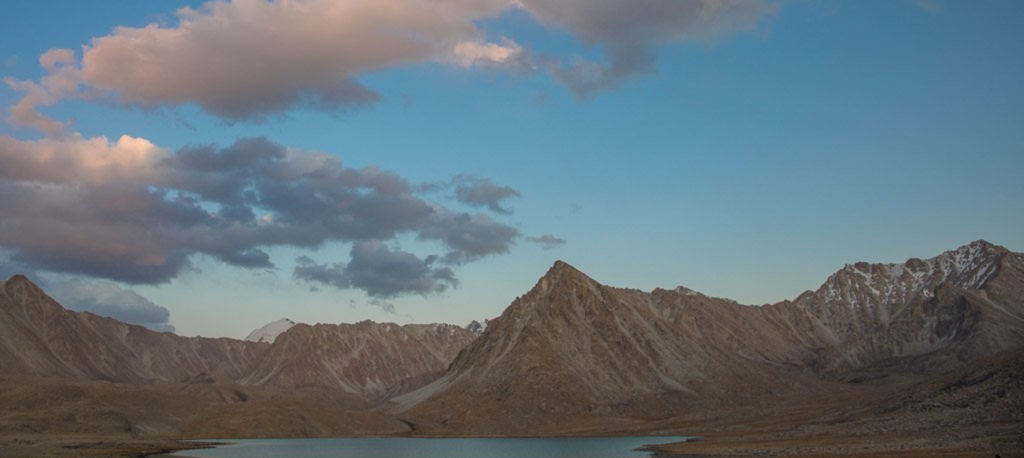
Not during most of the excursion. However, we will carry a phone with us in case you need to make emergency calls.
Yes, most nationalities need visa. Since this trip will take place through Tajikistan, you will need a visa for both countries. For Tajikistan you also need a GBAO permit (Gorno-Badakhshan Autonomous Oblast) to enter southern Tajikistan. For the Afghan Visa we will send you letters of invitation upon request. Visas are teammates’ responsibility.
Yes, for the most part. In Tajikistan it is acceptable to expose arms or legs, but the same is not recommended on the Afghan side. It is recommended that men wear long trousers and long sleeves. Women should cover legs and arms and wear a headscarf while visiting the villages. When trekking on the mountains you could remove your scarf.
Apply for this expedition team using the button below. Contact us to find more about the joining process, advice on kit, fitness, visas, flights and travel insurance. Adventure Wakhan is then on hand to help with your unanswered questions or to firm up your place on the team.
